Montana, nicknamed “Big Sky Country,” is renowned not only for its majestic landscapes, towering mountains, and vast prairies but also as a haven for nature enthusiasts and wildlife photography aficionados. The highlands of Montana harbor a rich animal kingdom, from the imposing North American grizzly bears and powerful bison herds to graceful elk and numerous rare bird species. Join “Du lịch khắp thế gian” (Travel the World) as we explore unique and unforgettable wildlife photography experiences in this incredible land.
Why Montana is an Ideal Destination for Wildlife Photography
Montana boasts one of the most diverse and abundant ecosystems in the United States, where various terrains and climates converge. From the magnificent Rocky Mountains in the west to the expansive plains in the east, Montana provides an ideal habitat for countless wildlife species. With over 28 million acres of public land, including 7 national forests and 53 state parks, Montana fully preserves its pristine beauty and rare biodiversity.
In Montana, you’ll have the opportunity to witness and capture incredible moments of over 100 different mammal species, from predators like grizzly bears, coyotes, Canadian lynx, to herbivores such as elk, deer, bighorn sheep, mountain goats, and pronghorn. Moreover, Montana is home to hundreds of bird species, from the majestic bald eagle to vibrantly colored songbirds.
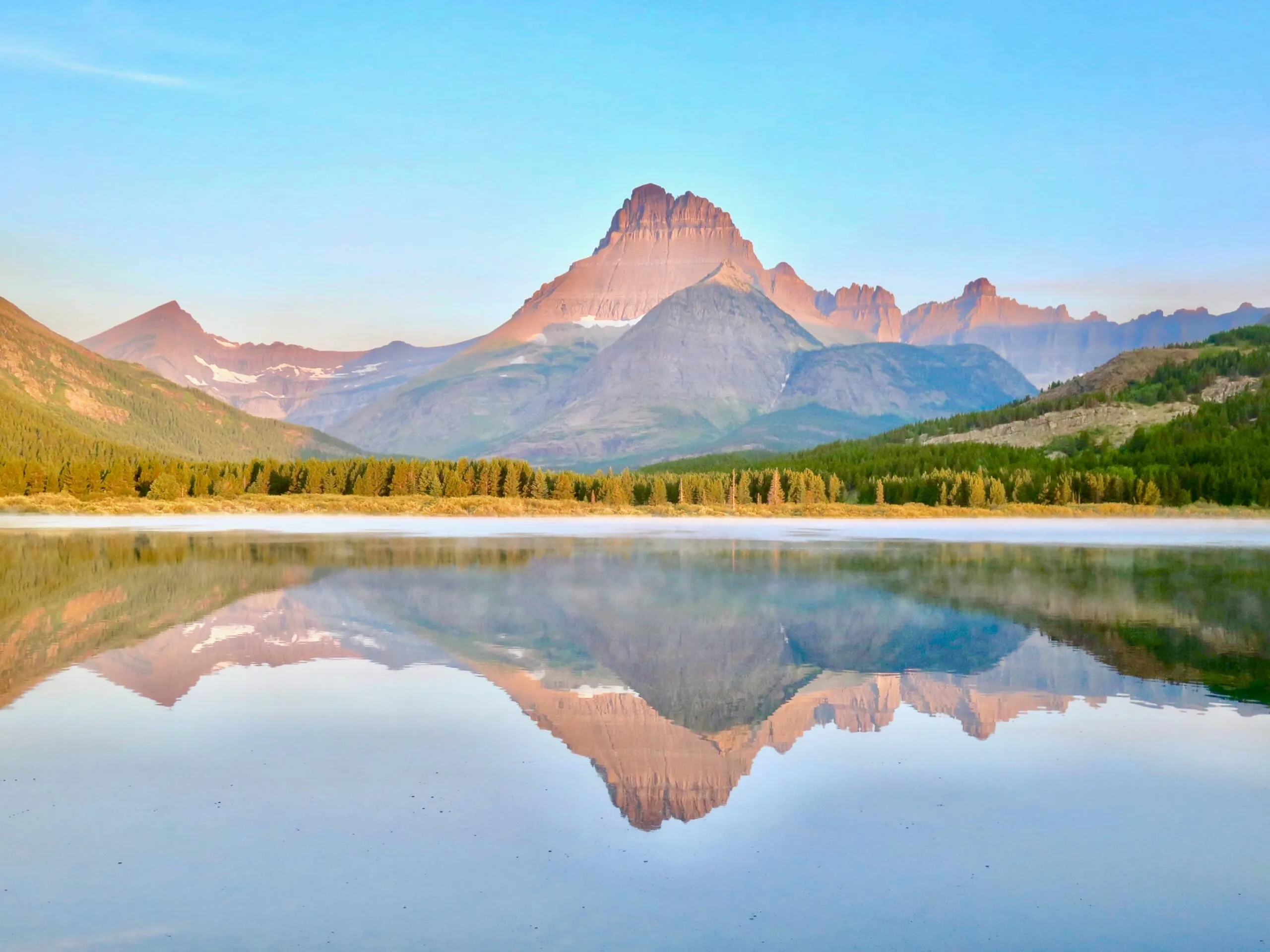
The Montana highlands, particularly the areas around Glacier National Park and Yellowstone National Park, are biodiversity hotspots. These areas not only offer stunning natural landscapes but also serve as ideal habitats for many rare wildlife species. The combination of majestic scenery and a rich animal kingdom makes Montana a true paradise for those passionate about wildlife photography.
Must-Visit Wildlife Photography Locations in Montana
Yellowstone National Park – Kingdom of Wildlife
Yellowstone National Park, the world’s first national park, is a premier destination for wildlife photography in Montana. Spanning nearly 9,000 square kilometers, Yellowstone is home to countless animals, including grizzly bears, wolves, bison, elk, deer, and pronghorn.
In Yellowstone, you can easily encounter bison herds leisurely grazing in vast meadows or graceful elk foraging along riverbanks. If you’re lucky, you might witness a mother bear tending to her cubs or wolves hunting in dense forests. Yellowstone is also famous for rare bird species like bald eagles, red-tailed hawks, and numerous waterfowl.
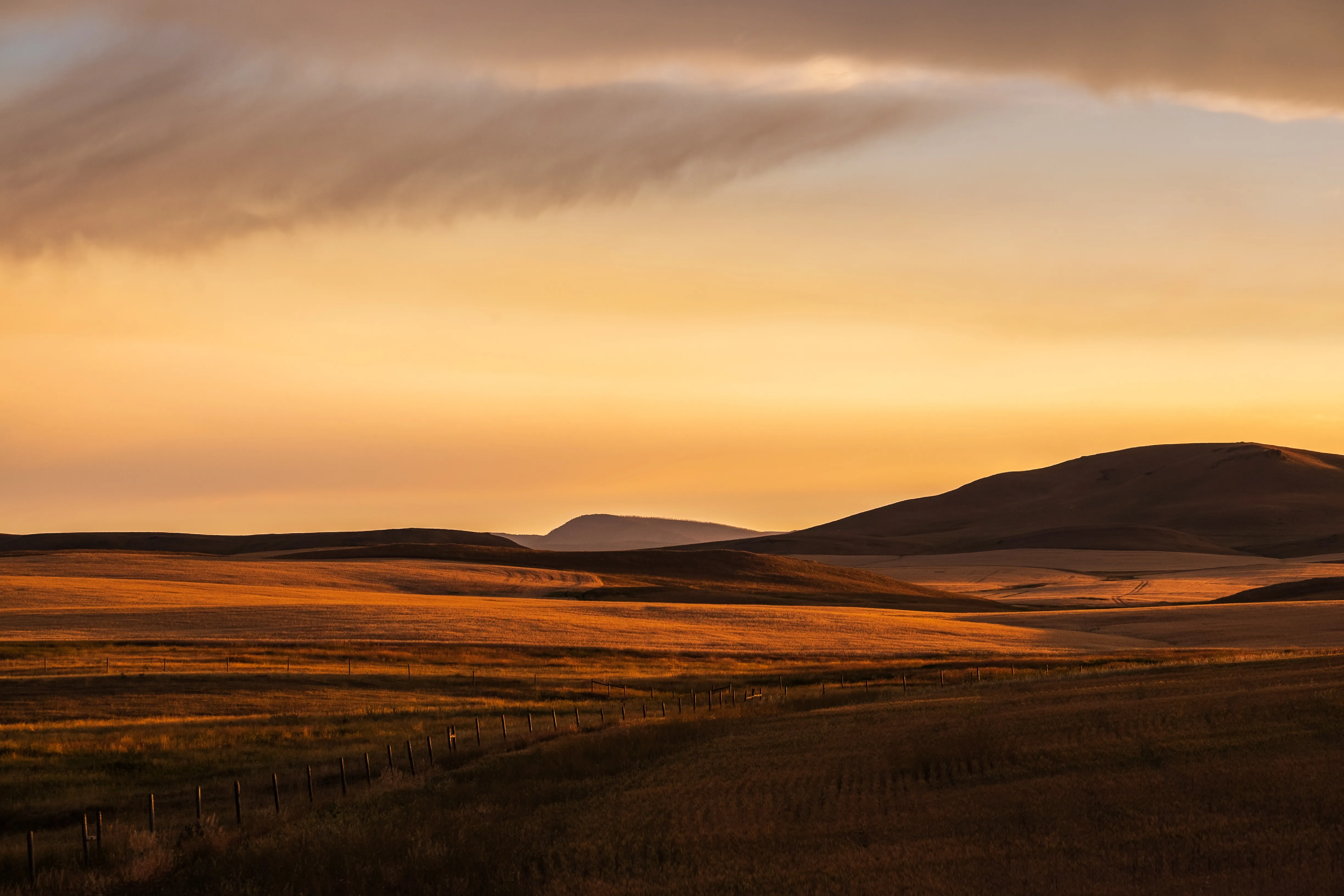
Areas like Lamar Valley and Hayden Valley are the most renowned wildlife viewing spots in Yellowstone. Dawn and dusk are ideal times for photography, as animals are most active and natural light creates stunning frames.
Glacier National Park – Jewel of the Rocky Mountains
Glacier National Park, known as the “Crown of the Continent,” is another gem of Montana, offering unique wildlife photography experiences. With rugged mountainous terrain, dense forests, and hundreds of pristine lakes, Glacier provides an ideal habitat for many high-altitude animal species.
In Glacier, you can find mountain goats, bighorn sheep, black bears, Canadian lynx, and various other wildlife. Hiking on famous trails like Going-to-the-Sun Road or Highline Trail offers excellent opportunities to explore Glacier’s wildlife. Lake McDonald, St. Mary Lake, and Many Glacier are areas with high animal concentrations and stunning landscapes for photography.
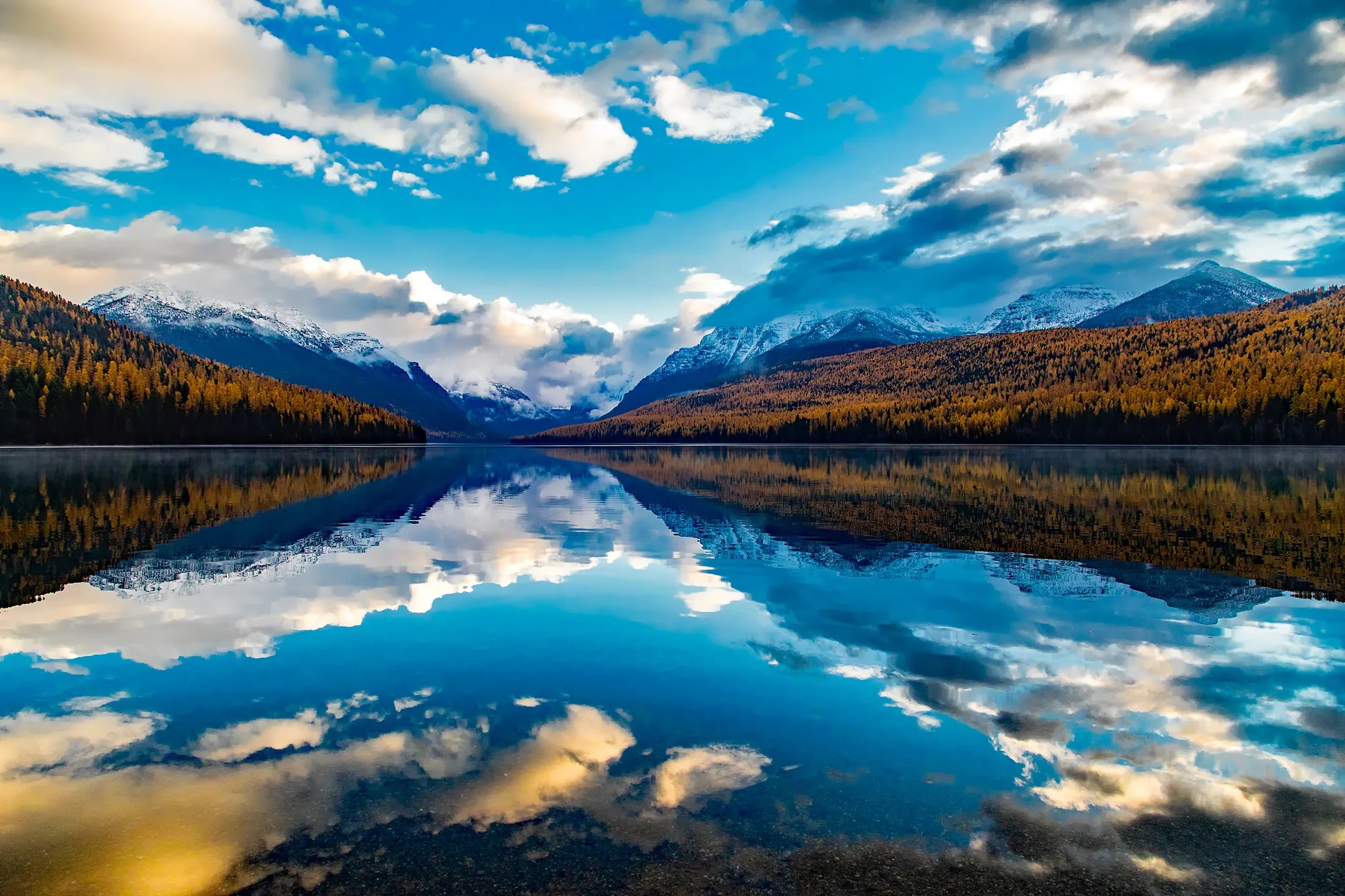
Notably, Glacier is one of the few places in the United States where grizzly bears still exist. Observing and photographing grizzly bears in their natural habitat is always a memorable and challenging experience for photographers.
Big Sky Resort – Wilderness at Your Doorstep
Big Sky Resort, famous for winter skiing, is also an appealing destination for wildlife photography in summer and autumn. Located between Bozeman and Yellowstone National Park, Big Sky features vast pristine forests and high mountains, home to elk, deer, black bears, and numerous bird species.
You can join hiking, horseback riding, or mountain biking tours to explore the area around Big Sky and seek opportunities to photograph wildlife. The Gallatin River flowing through the area is also an ideal spot for observing waterfowl and riparian animals.
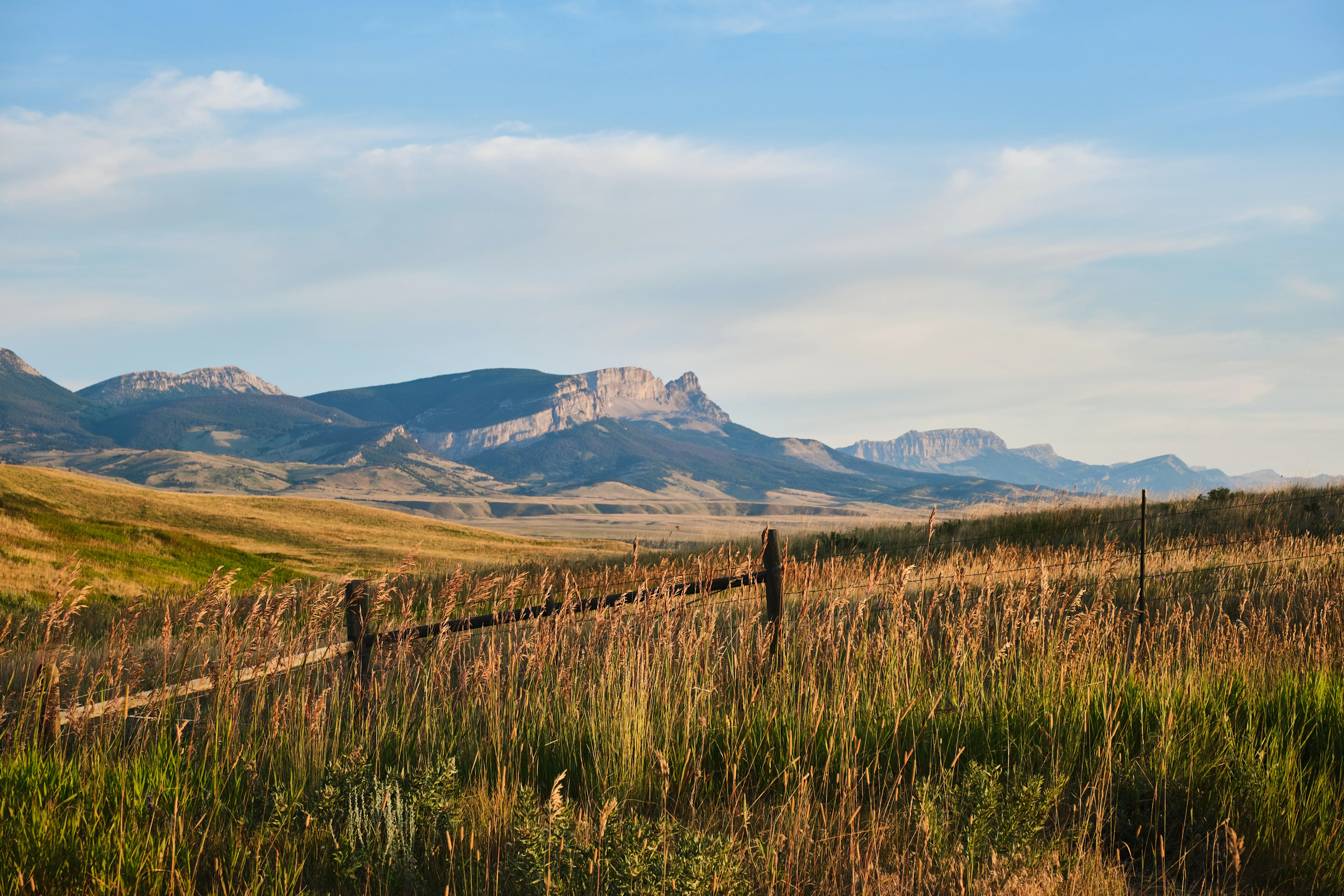
Besides national parks and major resorts, Montana has many other wilderness areas, such as Helena-Lewis and Clark National Forest, National Bison Range, and numerous state parks, where you can experience wildlife photography in a quieter and more peaceful setting.
Tips for Successful Wildlife Photography in Montana
For a successful and safe wildlife photography trip in Montana, keep the following in mind:
1. Ideal Timing: Spring and autumn are the best times for wildlife photography in Montana. In spring, newborns emerge, creating adorable and unique moments. Autumn is the breeding season for many species, and the vibrant fall foliage provides stunning backdrops.
2. Essential Gear:
- Camera and Lenses: Telephoto zoom lenses with a focal length of 400mm or greater are essential for photographing animals from a distance. DSLR or mirrorless cameras with fast shooting capabilities and good image quality will help you capture action shots of animals.
- Tripod: A tripod stabilizes your camera, especially when using heavy telephoto lenses and shooting in low light conditions.
- Clothing and Footwear: Choose weather and terrain-appropriate clothing, prioritizing neutral colors to blend into nature. Comfortable and sturdy hiking boots are indispensable.
- Binoculars: Binoculars help you observe animals from a distance without startling them.
- Camera Bag: A specialized camera bag to carry your equipment and essential personal items.
- Water Bottle and Snacks: Ensure you stay hydrated and energized throughout your journey.
- Map and GPS: To avoid getting lost and easily locate wildlife viewing spots.
- Bear Spray: Particularly important when venturing into bear country.
3. Skills and Knowledge:
- Learn About Animals: Research the habits, habitats, and activity times of the animals you want to photograph.
- Patience: Wildlife photography requires patience and waiting. Take time to observe and wait for the right moment.
- Camouflage Skills: Wear neutral-colored clothing, move quietly, and remain silent to avoid startling animals.
- Photography Skills: Master basic photography techniques, especially shooting fast-moving animals and shooting in various lighting conditions.
4. Safety and Ethics:
- Maintain Safe Distance: Always maintain a safe distance from wildlife, avoid approaching too closely or attempting to feed them.
- Minimize Noise: Limit noise and actions that could startle animals or disrupt their habitat.
- Respect Boundaries: Respect animals’ privacy and do not intrude on their nests or dens.
- Follow Regulations: Adhere to national park and reserve regulations regarding wildlife viewing and photography.
- Photography Ethics: Prioritize animal safety and welfare above all else, avoid creating dangerous or stressful situations for them just to get a good photo.
Sample Wildlife Photography Itinerary in Montana (7 Days)
Days 1-2: Yellowstone National Park
- Arrive in Bozeman, Montana, rent a car, and drive to Yellowstone.
- Explore Lamar Valley and Hayden Valley, photographing bison, wolves, elk, and birds.
- Visit Grand Prismatic Spring and Old Faithful, combining landscape and wildlife photography.
Days 3-4: Big Sky Resort and Vicinity
- Drive to Big Sky, explore the surrounding area by hiking or horseback riding.
- Photograph elk, deer, black bears, and birds in the Big Sky area and Gallatin National Forest.
- Relax and enjoy the mountain atmosphere at Big Sky.
Days 5-7: Glacier National Park
- Drive to Glacier National Park.
- Drive along Going-to-the-Sun Road, stopping at viewpoints and photographing mountain goats and bighorn sheep.
- Hike on Highline Trail or Avalanche Lake Trail, exploring Glacier’s diverse wildlife.
- Visit Lake McDonald and Many Glacier, photographing landscapes and lakeside animals.
- End your trip in Kalispell or Whitefish.
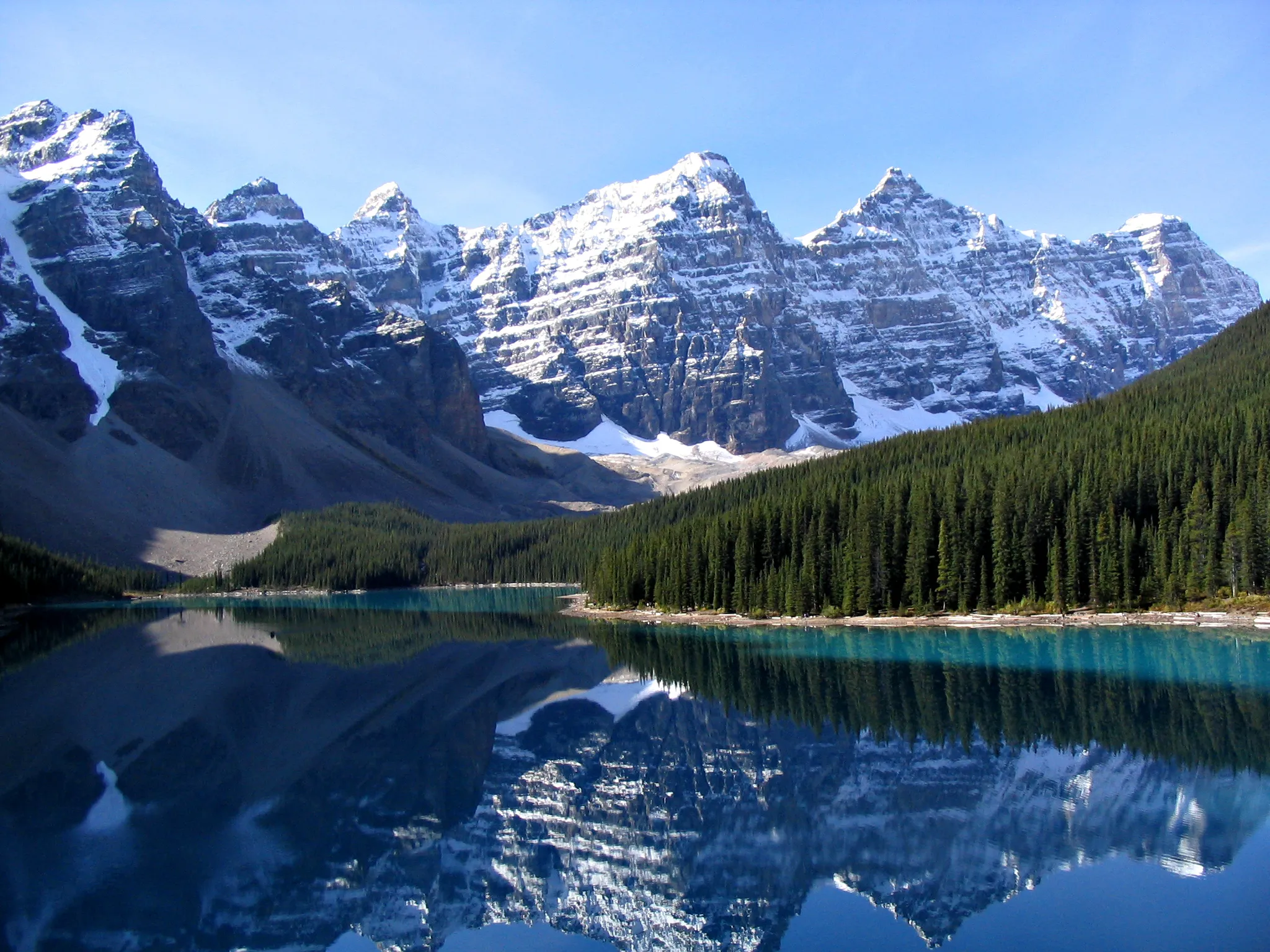
Note: This is just a sample itinerary; you can customize it based on your preferences and time.
Conclusion
A wildlife photography experience in Montana’s highlands is an exciting and memorable journey of nature exploration. Montana is not only a fantastic travel destination with magnificent natural landscapes but also a paradise for wildlife lovers and photography enthusiasts. Prepare your gear, plan your trip, and embark on a journey to conquer the Montana highlands, capture stunning moments of the wildlife world, and bring back unique and impressive photos. Surely, these experiences will enrich your photo collection and leave unforgettable memories in everyone’s heart.